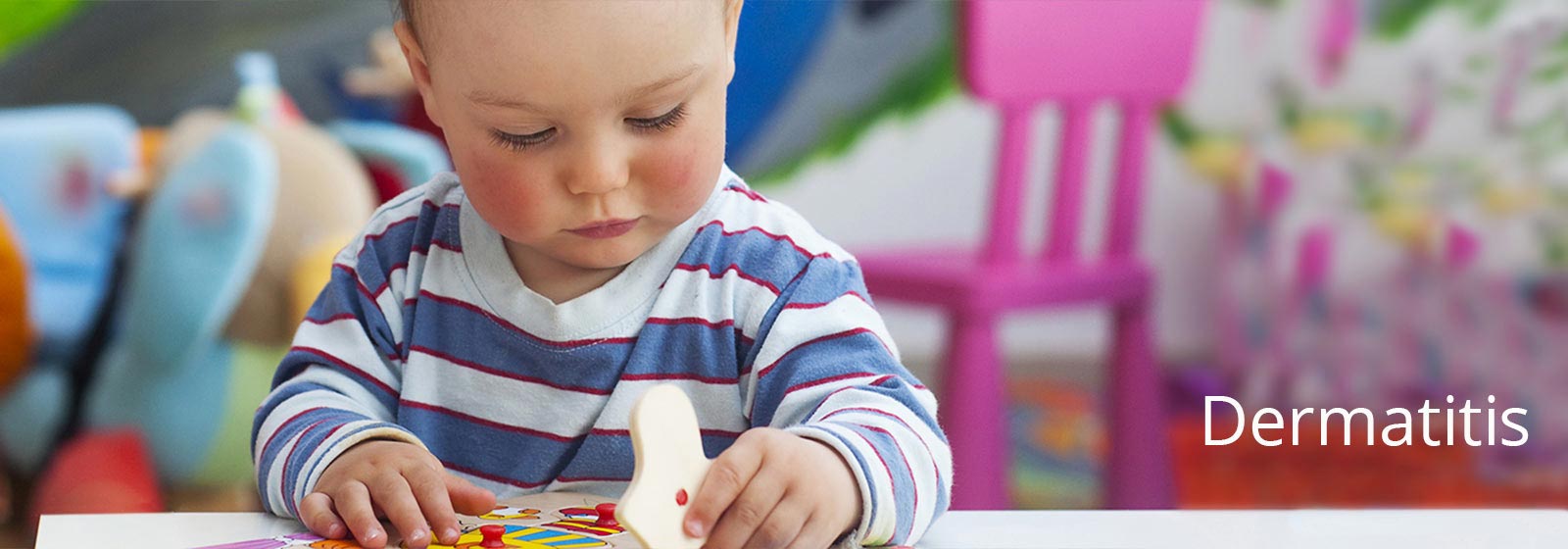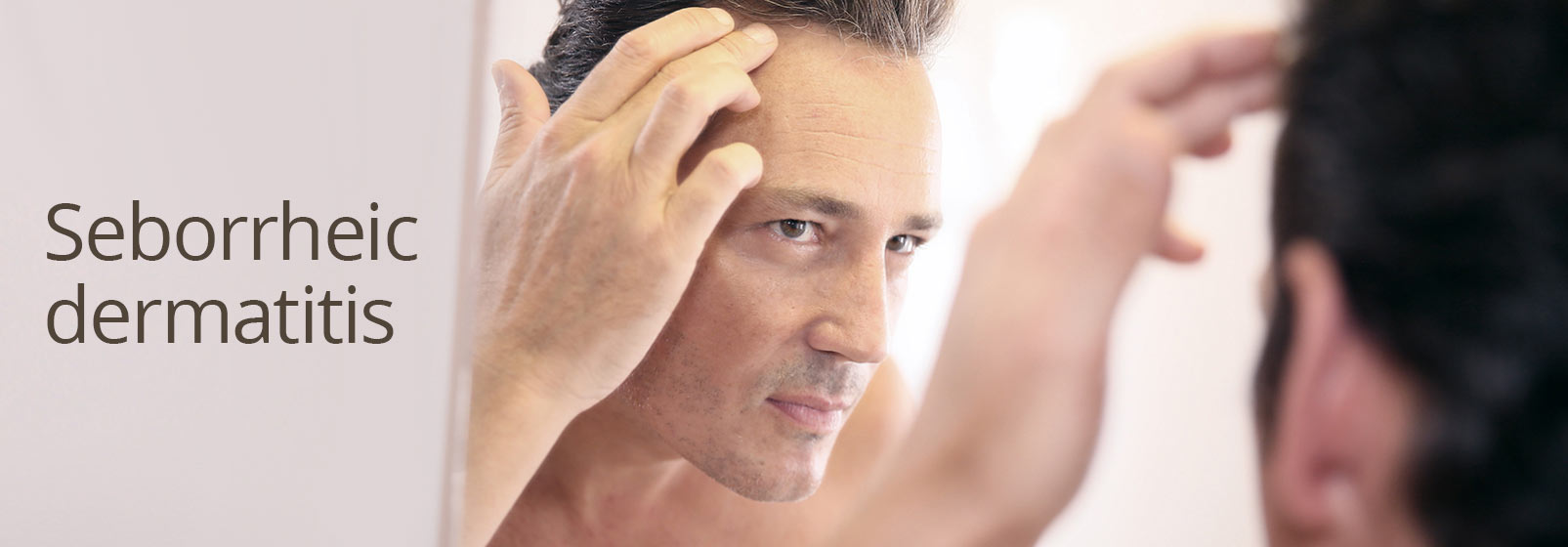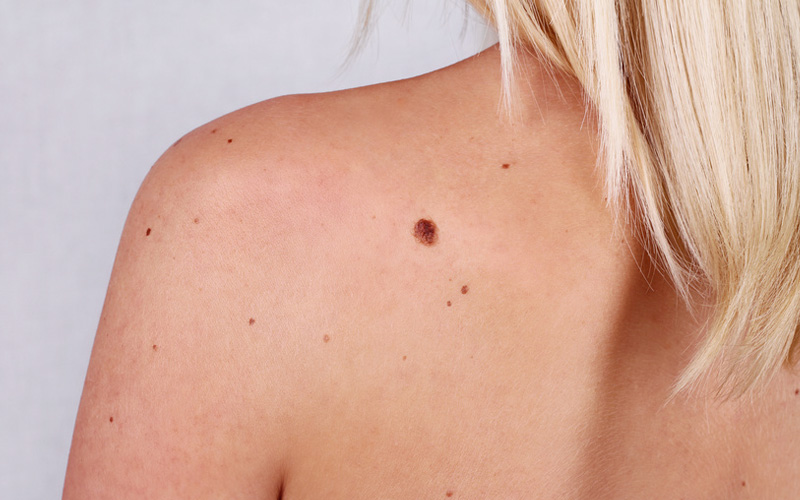The generic term “dermatitis” defines various types of skin disorders and different versions of a disease that affects the skin with common symptoms but different causes and characteristics. There are therefore many types of dermatitis, but what is accumulated is the inflammatory reaction underlying skin irritation, which can occur with a reddening of the skin and the appearance of pomphos or vesicles, or with nausea and pruritus in the affected area. Symptoms may affect different parts of the body or face.
The most well-known is allergic contact dermatitis that occurs due to exposure to sensitizing agents of a chemical or microbiological nature. The first step to do is to avoid and exclude the agent responsible for the problem.
Atopic dermatitis is caused by the very characteristics of the skin, often more susceptible to irritation. The skin is dry, red, with crusts and itches intensely. In both cases it is good to protect and help repair the skin.
Seborrheic dermatitis usually occurs with erythema, fat and yellowish plaque, and is located mainly near the sebaceous glands.
Depending on the type of dermatitis and the area of the affected body, a specific product can be chosen to help keep the symptoms under control, help diminish the disturbance, and try to make the skin more aesthetically healthy.







 Tel
Tel  Email
Email 






